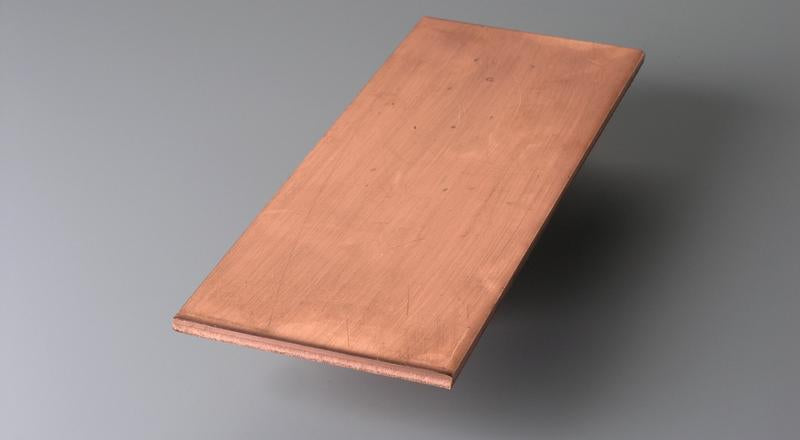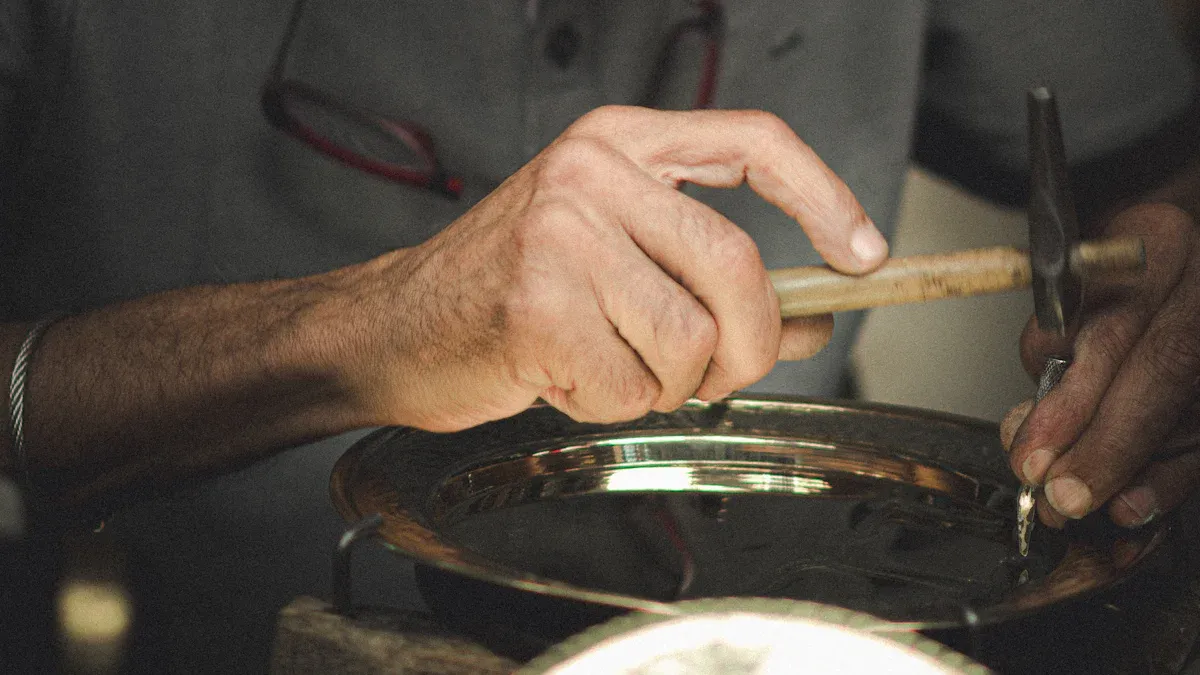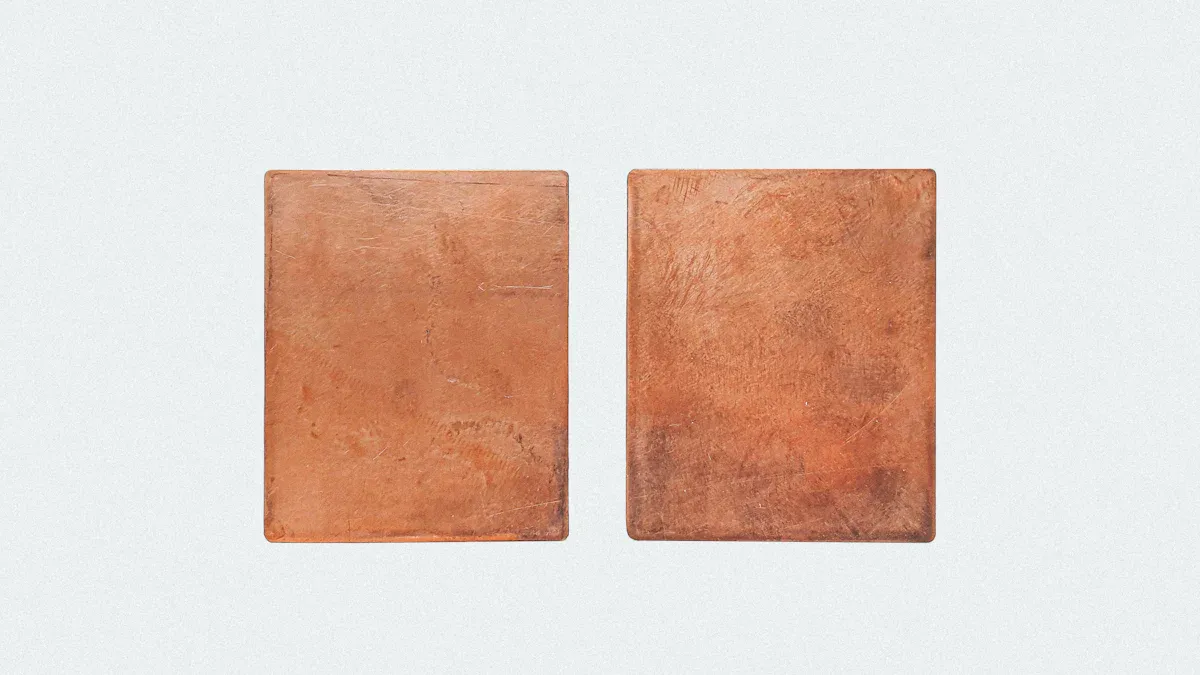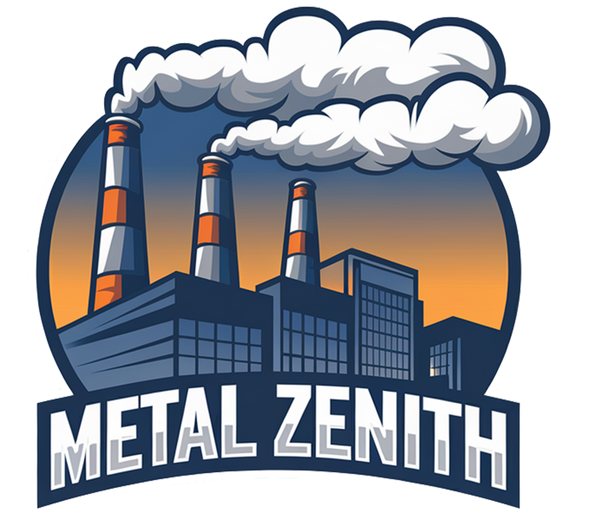
What Are the Common Uses of Copper Plates
Share
Table Of Content
Table Of Content

Copper plates are very important in today’s industries. They have great properties that make them useful. They conduct electricity well, about 401 W/m·K. This makes them key in electronics and green energy. They are used in circuit boards, semiconductors, and electric cars. Copper plates are strong and resist rust, so they work well in building things like roofs and pipes. In 2023, the copper plate market was worth $10 billion. This shows they are needed in construction, cars, and electronics.
Key Takeaways
- Copper plates are important for electronics, energy, and building because they conduct electricity well and last a long time.
- They are used in circuit boards, solar panels, and wind turbines, which are key parts of modern technology and clean energy.
- Copper plates don’t rust or break easily, so they’re great for roofs, pipes, and building structures.
- Their special look and ability to form a protective layer make copper plates popular for decorating homes and making art.
- Taking care of them, like cleaning and polishing often, keeps copper plates looking nice and working well for a long time.
Electrical Uses of Copper Plates
Copper plates are important in electrical systems. They conduct electricity well and last long. These features make them useful in many areas, like circuit boards and green energy.
Conductivity Features
Use in Circuit Boards and Electrical Parts
Copper plates are in most electronic devices. They form the base for printed circuit boards (PCBs). Their thickness is usually 1 to 3 ounces per square foot. This size gives good performance and strength. Copper plates also help current flow in connectors and terminals. Their contact resistance is very low, under 5 milliohms per junction. They also spread heat well, with a thermal conductivity of 401 W/m·K. This makes them great for heat sinks, which cool electronic devices.
Role in Grounding Systems
Copper plates are key in grounding systems. They safely send electrical currents into the ground. This protects equipment and keeps people safe. They last long because they resist rust and damage.
Green Energy Systems
Use in Solar Panels
Copper plates help solar panels work better. A 50 MW solar tower uses about 4.4 tons of copper per megawatt. A linear Fresnel plant of the same size needs about 2.6 tons. This shows how copper helps collect solar energy.
Use in Wind Turbines
Wind turbines use copper plates in generators and wires. They conduct electricity well, reducing energy loss. This makes them vital for green energy production.
Industrial Machines
Copper Plates in Power Equipment
Copper plates are common in power equipment. Their low resistivity, about 1.68 x 10⁻⁸ ohm/m, cuts energy loss. This makes them perfect for transformers and inductors. They help transfer energy efficiently and lower costs.
Use in Transformers and Motors
Copper plates are also in transformers and motors. They are used in windings to improve strength and performance. They handle high currents and resist wear, making them ideal for industrial machines.
Architectural and Structural Uses of Copper Plates
Roofing and Cladding
Strength and Weather Protection
Copper plates are great for roofs because they last long. Some copper roofs have stayed strong for over 700 years. Tests even suggest they might last 1,000 years. Copper lasts longer than many other materials. For example:
| Material | Lifespan (years) |
|---|---|
| Copper | 200 |
| Stainless steel | 100 |
| Aluminum | 100 |
Copper cladding also protects well against weather. In rural areas, it corrodes very slowly, less than 0.4 mm in 200 years. This makes it perfect for different climates.
Stylish Look for Old and New Buildings
Copper plates add beauty to buildings. Over time, they form a greenish layer called patina. This makes them look unique and attractive. They are used in both modern and old-style buildings. Copper cladding is also light, weighing only 10 kgf/m². This is just 35% of solid copper’s weight. Its lightness makes it easier to install while staying strong.
Plumbing and Piping
Rust-Free in Water Systems
Copper plates are great for plumbing because they don’t rust easily. They work well in clean air and water, making pipes last longer. This means less fixing and more reliable water systems.
Helps in Heat Exchangers
Copper moves heat quickly, so it’s used in heat exchangers. It makes heating and cooling systems work better. This is useful in homes and factories.
Structural Components
Copper in Bridges and Monuments
Copper plates make bridges and monuments stronger. They can last up to 200 years, longer than stainless steel or aluminum. Copper is also eco-friendly with low energy use and CO2 emissions.
Stops Rust in Marine Areas
Copper plates are perfect for places near the sea. They resist saltwater damage, making them great for ships and offshore buildings.
Decorative and Artistic Applications of Copper Plates

Interior Design
Copper plates in furniture and fixtures
Copper plates are used in modern furniture designs. Their warm color and patina give a calm, elegant look. Copper is light and resists fire, making it practical. It lasts long, even in busy areas. Copper also kills germs, so it’s great for public spaces where cleanliness matters.
| Attribute | Description |
|---|---|
| Aesthetic Appeal | Copper adds warmth and calmness, making furniture look nice. |
| Durability | Copper lasts long and doesn’t rust, offering lasting quality. |
| Health Benefits | Its germ-killing ability makes it good for public fixtures. |
Use in wall panels and backsplashes
Copper plates are popular for wall panels and kitchen backsplashes. Their colors and shiny surface make spaces look unique. Over time, they form a patina, adding an artistic and timeless feel. Designers love copper for its mix of beauty and usefulness.
Artwork and Engraving
Copper etching for fine art
Artists have used copper plates for engraving for years. The smooth surface helps create detailed designs. Techniques like cross-hatching add depth to the art. Copper plates are strong, so they can be reused for printing. This makes them a favorite for artists who need both strength and flexibility.
Use in sculptures and decorative pieces
Sculptors like copper plates because they are easy to shape. They can make anything from abstract art to lifelike figures. Copper’s reddish color adds warmth, and the patina makes it look better over time. It also resists rust, keeping sculptures beautiful for years.
Jewelry and Accessories
Copper plates in custom jewelry
Copper plates are often used for custom jewelry. Jewelers can easily shape them into detailed designs. They are cheaper than precious metals, making them great for unique jewelry pieces.
Use in wearable art and accessories
Copper plates are common in bracelets, earrings, and brooches. They shine naturally and hold detailed engravings well. Over time, the patina gives each piece a special look, making it unique.
Tip: To keep copper jewelry looking good, clean it often and store it in a dry spot.
Properties That Make Copper Plates Useful
Conductivity and Heat Resistance
Great at carrying electricity and heat
Copper plates are excellent for moving electricity and heat. They are used in many industries because of this. Their thermal conductivity is 401 W/m·K, which helps spread heat well. This is why they are used in heat sinks for electronics. Their electrical conductivity is 59.6 x 10⁶ mS/m, better than most materials. This makes them perfect for circuit boards, connectors, and bus bars. For example, copper bus bars are usually 100 mm² to 800 mm² in size. These sizes ensure power flows safely and reliably.
Handles very high or low temperatures
Copper plates stay strong even in extreme heat or cold. This makes them work well where other materials might fail. They are used in machines and green energy systems. Copper plates stay stable and reliable for a long time.
Durability and Rust Resistance
Lasts a very long time
Copper plates are very durable and can last up to 200 years. This is much longer than stainless steel or aluminum, which last about 100 years. Copper forms a protective layer that stops rust and damage. This makes it great for tough places like factories or near the sea.
Protective green layer over time
Over time, copper plates form a greenish layer called patina. This layer protects them from rust and adds a unique look. This mix of strength and beauty makes copper plates popular for buildings and art.
Easy to Shape and Looks Good
Simple to bend and design
Copper plates are easy to shape into different forms. This makes them useful for jewelry, furniture, and buildings. Many companies sell ready-made parts, making it easier to customize.
Special reddish color and shine
Copper plates have a reddish-brown color that looks special. Over time, the patina gives them more character and beauty. This makes them a favorite for designers and architects who want unique and timeless designs.
Tips for Choosing and Maintaining Copper Plates
Picking the Best Copper Plate
Things to think about: thickness, grade, and finish
Choosing a copper plate depends on its purpose. Thicker plates are stronger and spread heat better. They are great for heavy-duty tasks. Grades like C11000 and C10200 have different purity levels. These grades work well for industrial or artistic uses. Finishes like polished, patina, or matte add style and function.
| Factor | What It Does |
|---|---|
| Thickness | Thicker plates are stronger and spread heat evenly. |
| Grade | Grades like C11000 and C10200 fit different needs. |
| Finish | Polished, patina, or matte finishes add beauty and function. |
Matching the plate to its job
Pick a copper plate based on its use. For electrical work, focus on conductivity and ease of shaping. For buildings, choose plates that resist rust and look nice. Industrial tasks need plates that are strong and last long.
How to Take Care of Copper Plates
Cleaning to stop tarnish
Clean copper plates to keep them shiny. Use warm water and mild soap for regular cleaning. Don’t use strong chemicals that might harm the surface. Dry the plate with a soft cloth to avoid spots. To remove tarnish, mix baking soda and lemon juice or use a copper cleaner.
-
Easy Cleaning Tips:
- Wash with warm water and mild soap.
- Dry right away with a soft cloth.
- Use food-safe oil to stop rust.
Polishing and protecting for longer life
Polishing makes copper plates shiny again. Use vinegar and salt for natural polishing or buy special products. Adding a protective coating helps stop tarnish and keeps the plate lasting longer. Check often for any damage or wear.
Ways to Customize Copper Plates
Adding designs and textures
Engraving adds cool designs to copper plates. This is great for art or decoration. Techniques like intaglio make detailed patterns. Texturing, like hammered or brushed looks, makes the plate unique and stylish.
Coatings and finishes for special uses
Coatings make copper plates stronger and easier to care for. Polished finishes stand out, while patina gives an old-style look. Matte finishes are simple and modern. These choices let you customize the plate for your needs.
Pro Tip: Pick a finish that fits the place and purpose. For example, patina is great outdoors, while polished works indoors.
Copper plates are very useful in many areas. They are used in electrical work, building designs, machines, and art. They conduct electricity well, last long, and look nice. Taking care of them keeps them working and looking good for years. Discover how copper plates can help in your projects and enjoy their many benefits.
FAQ
Why are copper plates good for electrical uses?
Copper plates carry electricity better than most materials. They move energy well in circuit boards, transformers, and green energy systems. They also handle heat and don’t rust, making them last longer.
How can you keep copper plates shiny?
Wash copper plates with warm water and mild soap. Dry them quickly with a soft cloth to stop spots. To remove tarnish, mix baking soda with lemon juice. Add a coating to keep them shiny for a longer time.
Can copper plates be used outside?
Yes, copper plates are great for outdoor use. They don’t rust and form a protective patina over time. This makes them perfect for roofs, walls, and places near the sea. They stay strong in all kinds of weather.
Are copper plates good for the environment?
Copper plates can be recycled and are eco-friendly. They last a long time, which means less waste. Making copper plates also produces less CO2 than other metals. Using copper helps support green practices.
What should you think about when picking a copper plate?
Look at thickness, grade, and finish. Thicker plates are stronger, and grades like C11000 are very pure. Finishes like polished or patina add style. Choose the right plate for your specific needs.
